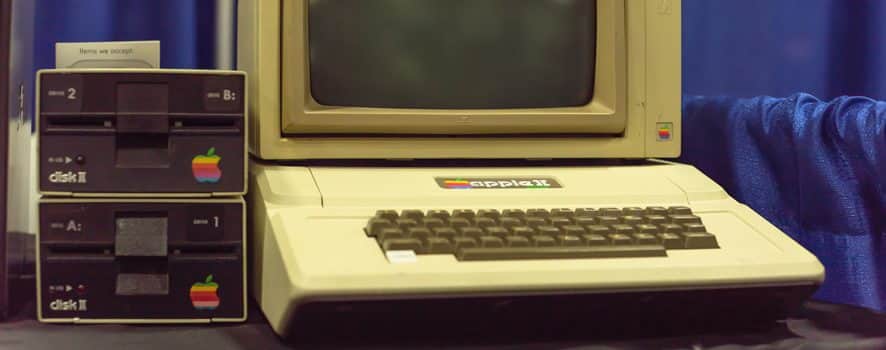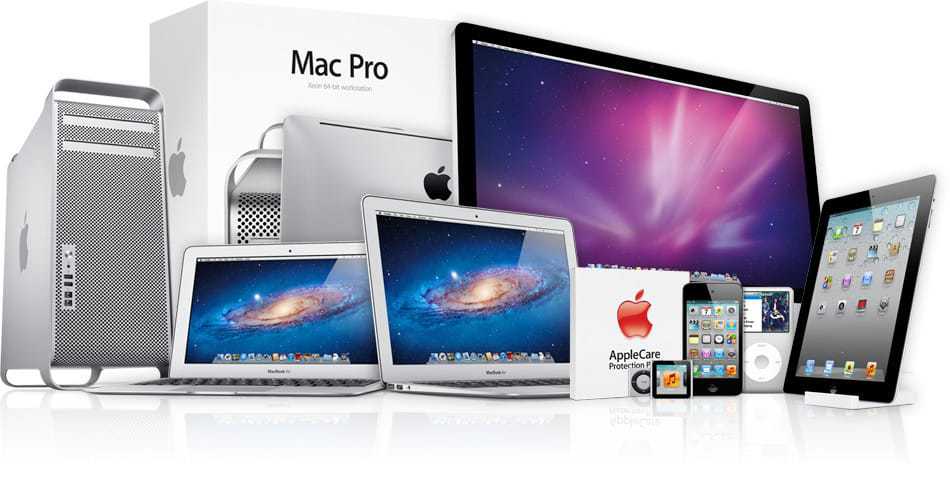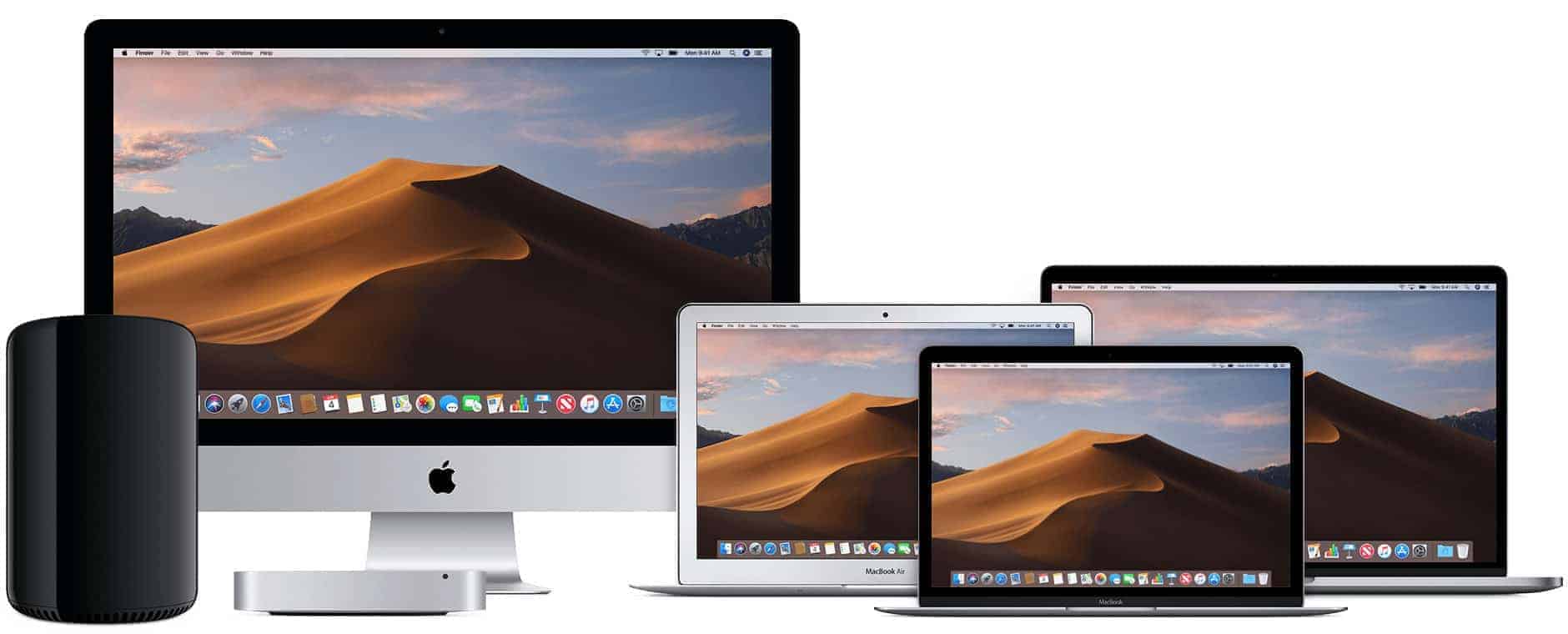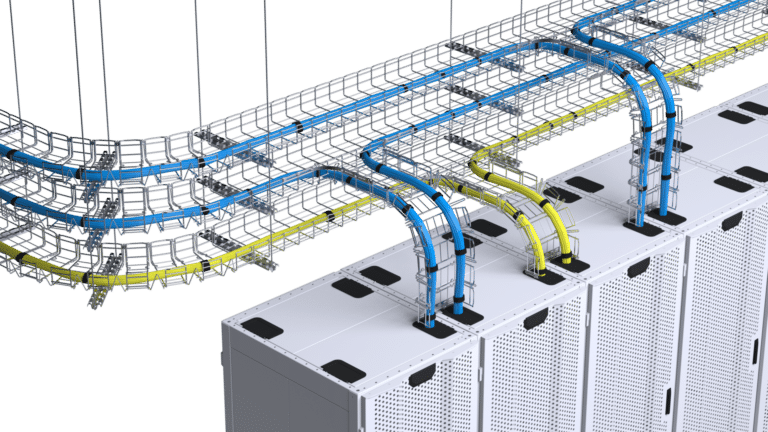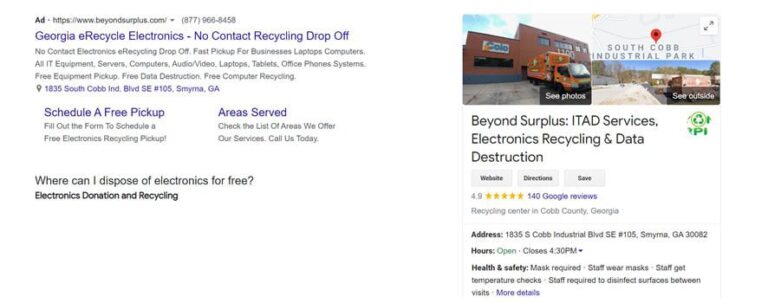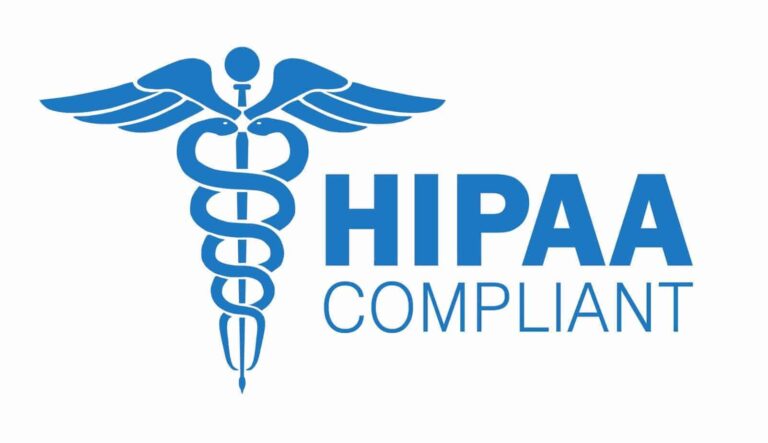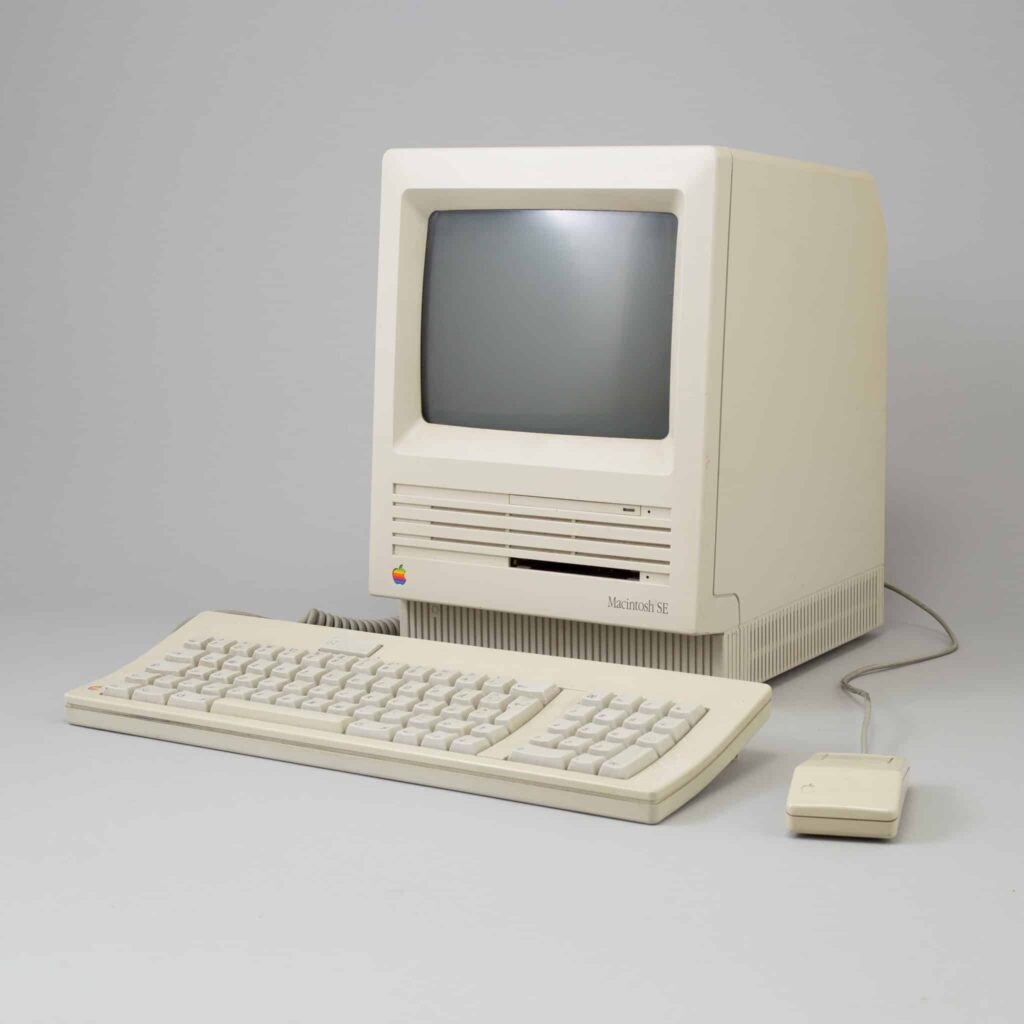
Atlanta Apple iMac iPhone Ipod Mac MacBook PowerBook Recycling services for residential customers and businesses. See Atlanta Apple MacBook PowerBook ChromeBook Windows Laptop Recycling & Disposal
Apple Computer Recycle
Apple computers are some of the most popular devices on the market. But what happens to them when they reach the end of their life cycle? In this blog post, we will explore Apple’s commitment to responsible recycling of its products and the environmental benefits associated with proper disposal.
Recycling Your Apple Computer Is Easier Than Ever
With Beyond Surplus’s free apple computer recycle service, Recycling Your Apple Computer Is Easier Than Ever. These days, recycling your Apple computer is easier than ever. Beyond Surplus has updated its recycling program to make it easier to dispose of your old Mac and other Apple products responsibly. There are a variety of options available to help you recycle your Apple products.
PowerBook Recycling Apple iMac iPhone Ipod Mac MacBook Disposal Services For Residential & Business Customers
By default, Every Item that is processed by Beyond Surplus will be thoroughly inspected and data protected by removing Asset Tags, Stickers and Identifying marks from each unit (Sanitized).
During this initial Inspection stage, every drive is wiped using a Department of Defense Compliant erasure program free of charge. Any hard drives/devices that cannot be securely wiped will be physically shredded to protect your data at no cost to the customer.
Apple iMac iPhone Ipod Mac MacBook PowerBook Recycling
Your Device doesn’t power on or you cannot access it? You can still drop off your device at Beyond surplus; just ask for a drop-off receipt by filling out the form above, its our written guarantee that your device will be recycled responsibly and your device and or data will be protected & destroyed.
Get A Free No Obligation Recycling Assessment!
Beyond Surplus accepts all Windows, Android or Apple products below for secure recycling & disposal.
Apple Macintosh (1984) Recycling & Disposal
The Macintosh 512K is a personal computer that was designed, manufactured and sold by Apple Computer, inc. from September 1984 to April 1986. It is the first update to the original Macintosh 128K. It was virtually identical to the previous Macintosh, differing primarily in the amount of built-in random-access memory. The increased memory turned the Macintosh into a more business-capable computer and gained the ability to run more software.
Apple Mac II Recycling & Disposal
The Macintosh II is a personal computer designed, manufactured and sold by Apple Computer, Inc. from March 1987 to January 1990. It is the first model of the Macintosh II family, and the first Macintosh to support a color display. When first introduced, a basic system with 20 MB drive and monitor cost US$5,498. With a 13-inch color monitor and 8-bit display card the price was around US$7,145. This price placed it in competition with workstations from Silicon Graphics, Sun Microsystems, and Hewlett-Packard.
Apple Mac Portable Recycling & Disposal
The Macintosh Portable is a portable computer designed, manufactured and sold by Apple Computer, Inc. from September 1989 to October 1991. It is the first battery-powered Macintosh, which garnered significant excitement from critics, but sales to customers were quite low. It featured a fast, sharp, and expensive black-and-white active matrix LCD screen in a hinged design that covered the keyboard when the machine was not in use.
The Portable was one of the early consumer laptops to employ an active matrix panel, and only the most expensive of the initial PowerBook line, the PowerBook 170, used one, due to the high cost.
The cursor-pointing function was handled by a built-in trackball that could be removed and located on either side of the keyboard. It used expensive SRAM in an effort to maximize battery life and to provide an “instant on” low power sleep mode. The machine was designed to be high-performance at the cost of price and weight.
Apple Mac LC Recycling & Disposal
The Macintosh LC is a personal computer designed, manufactured, and sold by Apple Computer, Inc. from October 1990 to March 1992.
Apple Powerbook Recycling & Disposal 100
The PowerBook 100 is a portable subnotebook personal computer that was designed and manufactured by Sony for Apple Computer and introduced on October 21, 1991, at the COMDEX computer expo in Las Vegas, Nevada. Priced at US$2,300, the PowerBook 100 was the low-end model of the first three simultaneously released PowerBooks.
Its CPU and overall speed closely resembled those of its predecessor, the Macintosh Portable. It had a Motorola 68000 16-megahertz (MHz) processor, 2-8 megabytes (MB) of memory, a 9-inch (23 cm) monochrome backlit liquid crystal display (LCD) with 640 × 400 pixel resolution, and the System 7.0.1 operating system.
It did not have a built-in floppy disk drive and was noted for its unique compact design that placed a trackball pointing device in front of the keyboard for ease of use.
Apple Newton Recycling & Disposal
The Newton is a series of personal digital assistants (PDA) developed and marketed by Apple Computer, Inc. An early device in the PDA category – the Newton originated the term “personal digital assistant” – it was the first to feature handwriting recognition. Apple started developing the platform in 1987 and shipped the first devices in 1993.
Production officially ended on February 27, 1998. Newton devices run on a proprietary operating system, Newton OS; examples include Apple’s MessagePad series and the eMate 300, and other companies also released devices running on Newton OS. Most Newton devices were based on the ARM 610 RISC processor and all featured handwriting-based input.
Apple iMac Recycling & Disposal
iMac is a family of all-in-one Macintosh desktop computers designed and built by Apple Inc. It has been the primary part of Apple’s consumer desktop offerings since its debut in August 1998, and has evolved through seven distinct forms.
Apple Ibook Recycling & Disposal
iBook is a line of laptop computers designed, manufactured, and sold by Apple Computer, Inc. from 1999 to 2006. The line targeted entry-level, consumer and education markets, with lower specifications and prices than the PowerBook, Apple’s higher-end line of laptop computers. It was the first mass consumer product to offer Wi-Fi network connectivity, which was then branded by Apple as AirPort.
Apple Powerbook Recycling G4 & Disposal
iBook is a line of laptop computers designed, manufactured, and sold by Apple Computer, Inc. from 1999 to 2006. The line targeted entry-level, consumer and education markets, with lower specifications and prices than the PowerBook, Apple’s higher-end line of laptop computers. It was the first mass consumer product to offer Wi-Fi network connectivity, which was then branded by Apple as AirPort.
Apple Emac Recycling & Disposal
The eMac, short for education Mac, is an all-in-one Macintosh desktop computer made by Apple Computer, Inc. Released in 2002, it was originally aimed at the education market, but was later made available as a cheaper mass-market alternative to Apple’s second-generation LCD iMac G4. The eMac was pulled from retail on October 12, 2005, and was sold exclusively to educational institutions thereafter. It was discontinued by Apple on July 5, 2006, and replaced by a cheaper, low-end iMac that, like the eMac, was originally sold exclusively to educational institutions.
Apple MacBook Pro Recycling & Disposal
The MacBook is a brand of Macintosh laptop computers by Apple Inc. that merged the PowerBook and iBook lines during Apple’s transition to Intel processors. The current lineup consists of the MacBook (2015–present), the MacBook Air (2008–present), and the MacBook Pro (2006–present). A different MacBook line existed from 2006 to 2012.
Apple MacBook Recycling & Disposal
The MacBook is a brand of Macintosh laptop computers by Apple Inc. that merged the PowerBook and iBook lines during Apple’s transition to Intel processors. The current lineup consists of the MacBook (2015–present), the MacBook Air (2008–present), and the MacBook Pro (2006–present). A different MacBook line existed from 2006 to 2012.
Apple MacBook Air Recycling & Disposal
The MacBook Air is a line of laptop computers developed and manufactured by Apple Inc. It consists of a full-size keyboard, a machined aluminum case, and a thin light structure. The Air is available with a screen size of (measured diagonally) 13.3-inch (33.782 cm), with different specifications produced by Apple. Since 2010, all MacBook Air models have used solid-state drive storage and Intel Core i5 or i7 CPUs. A MacBook Air with an 11.6-inch (29.46 cm) screen was made available in 2010 through late 2016.
Apple iMac Recycling & Disposal
iMac is a family of all-in-one Macintosh desktop computers designed and built by Apple Inc. It has been the primary part of Apple’s consumer desktop offerings since its debut in August 1998, and has evolved through seven distinct forms.
Apple iPod Mini, U2, Photo, & Video Recycling & Disposal
The iPod is a line of portable media players and multi-purpose pocket computers[2] designed and marketed by Apple Inc. The first version was released on October 23, 2001, about 8 1⁄2 months after the Macintosh version of iTunes was released. As of July 27, 2017, only the iPod Touch (sixth generation) remains in production. The iPod was released in late 2001.
Apple iPod Nano 1st 2nd 3rd 4th 5th 6th 7th & 8th Gen Recycling & Disposal
The iPod Nano (stylized and marketed as iPod nano) is a portable media player designed and marketed by Apple Inc. The first generation model was introduced on September 7, 2005, as a replacement for the iPod Mini,[2] using flash memory for storage. The iPod Nano went through several differing models, or generations, since its introduction. Apple discontinued the iPod Nano on July 27, 2017.
Apple Apple TV Recycling & Disposal
Apple TV is a digital media player and microconsole developed and sold by Apple Inc. It is a small network appliance and entertainment device that can receive digital data such as music or video from specific sources and stream it to a video display. Apple TV was unveiled as a work in progress called “iTV” on September 12, 2006 using a modified Front Row interface using the Apple Remote.
Apple iPod Classic Recycling & Disposal
The iPod Classic (stylized and marketed as iPod classic and formerly just iPod) is a portable media player created and formerly marketed by Apple Inc. There were six generations of the iPod Classic, as well as a spin-off (the iPod Photo) that was later re-integrated into the main iPod line. All generations used a 1.8-inch (46 mm) hard drive for storage. The “classic” suffix was formally introduced with the rollout of the sixth-generation iPod on September 5, 2007.
Apple iPod Shuffle 1st, 2nd, 3rd & 4th gen Recycling & Disposal
The iPod Shuffle (stylized and marketed as iPod shuffle) is a digital audio player designed and marketed by Apple Inc. It was the smallest model in Apple’s iPod family, and was the first iPod to use flash memory. The first model was announced at the Macworld Conference & Expo on January 11, 2005; the fourth- and final-generation models were introduced on September 1, 2010.
Apple iPod Touch Recycling & Disposal
The iPod Touch (stylized and marketed as iPod touch) is a brand of iOS-based all-purpose mobile devices designed and marketed by Apple Inc. with a touchscreen-controlled user interface. It connects to the Internet only through Wi-Fi base stations, does not use cellular network data, and is therefore not a smartphone. Similarly to an iPhone, it can be used as a music player, digital camera, web browser, note-logger, and handheld gaming device.
Apple iPad Original Recycling & Disposal
The first-generation iPad is a tablet computer designed and marketed by Apple Inc. as the first in the iPad line. The device features an Apple A4 processor, a 9.7″ touchscreen display, and, on certain variants, the capability of accessing cellular networks. Using the iOS operating system, the iPad can play music, send and receive email and browse the web. Other functions, which include the ability to play games and access references, GPS navigation software and social network services, can be enabled by downloading apps.
Apple iPad 2,3, or 4 Recycling & Disposal
iPad (/ˈaɪpæd/ EYE-pad) is a line of tablet computers designed, developed and marketed by Apple Inc., which run the iOS and iPadOS mobile operating systems. The first iPad was released on April 3, 2010; the most recent iPad models are the seventh-generation iPad, released on September 25, 2019; the fifth-generation iPad mini, released on March 18, 2019; the third-generation iPad Air, released on March 18, 2019; and the second-generation 11-inch (280 mm) and fourth-generation 12.9-inch (330 mm) iPad Pro, released on March 25, 2020.
Apple iPad Mini Recycling & Disposal
The iPad Mini (branded and marketed as iPad mini) is a line of mini tablet computers designed, developed, and marketed by Apple Inc. It is a sub-series of the iPad line of tablets, with a reduced screen size of 7.9 inches, in contrast to the standard 9.7 inches. The first generation iPad Mini was announced on October 23, 2012, and was released on November 2, 2012, in nearly all of Apple’s markets.
It features similar internal specifications to the iPad 2, including its display resolution. The second generation iPad Mini, with a faster processor and a Retina Display, was announced on October 22, 2013 and released on November 12, 2013. The third generation iPad Mini was announced on October 16, 2014 and was released on October 22, 2014; it features the same external hardware as the Mini 2 and the addition of a Touch ID fingerprint sensor compatible with Apple Pay.
Apple iPad Air Recycling & Disposal
The iPad Air is the first-generation iPad Air tablet computer designed, developed, and marketed by Apple Inc. It was announced on October 22, 2013, and was released on November 1, 2013. The iPad Air features a thinner design with similarities to the contemporaneous iPad Mini 2 with the same 64-bit Apple A7 processor with M7 coprocessor.
It was then discontinued with the launch of the 9.7-inch iPad Pro on March 21, 2016. Operating system support for the iPad Air is limited to iOS 12; it does not support the iPadOS operating system announced in 2019.
Its successor, the iPad Air 2, was announced on October 16, 2014, and was sold until its discontinuation on March 21, 2017. The “iPad Air” name was brought back with the announcement of the third-generation iPad Air on March 18, 2019.
Apple iPhone Recycling & Disposal
The iPhone is a line of smartphones designed and marketed by Apple Inc. All generations of the iPhone use Apple’s iOS mobile operating system software. The first-generation iPhone was released on June 29, 2007, and multiple new hardware iterations with new iOS releases have been released since. The user interface is built around the device’s multi-touch screen, including a virtual keyboard. The iPhone has Wi-Fi and can connect to cellular networks.
An iPhone can take photos, play music, send and receive emails, browse the web, send and receive text messages, record notes, perform mathematical calculations, and receive visual voicemail. Shooting video also became a standard feature with the iPhone 3GS.
Apple iPhone 2 Recycling & Disposal
On July 11, 2008, Apple released the iPhone 3G across twenty-two countries in two storage options, 8GB and 16GB. The 16GB model was produced in either black or white.
Apple iPhone 3G, 3Gs Recycling & Disposal
The iPhone 3G is a smartphone designed and marketed by Apple Inc.; it is the second generation of iPhone, successor to the original iPhone, and was introduced on June 9, 2008, at the WWDC 2008 at the Moscone Center in San Francisco, United States. The iPhone 3G is internally similar to its predecessor, but includes several new hardware features, such as GPS, 3G data and tri-band UMTS/HSDPA.
The device was originally loaded with the concurrently launched iPhone OS 2.0. In addition to other features (including push email and turn-by-turn navigation), this new operating system introduced the App Store—Apple’s new distribution platform for third-party applications.
Apple iPhone 4, 4S Recycling & Disposal
The iPhone 4 is a smartphone that was designed and marketed by Apple Inc. It is the fourth generation iPhone, succeeding the 3GS and preceding the 4S. Following a number of notable leaks, the iPhone 4 was first unveiled on June 7, 2010, at Apple’s Worldwide Developers Conference in San Francisco, and was released on June 24, 2010, in the United States, United Kingdom, France, Germany, and Japan.
The iPhone 4 introduced a new hardware design to the iPhone family, which Apple’s CEO Steve Jobs touted as the thinnest smartphone in the world at the time; it consisted of a stainless steel frame which doubles as an antenna, with internal components situated between aluminosilicate glass.
Apple iPhone 5, 5S, 5C Recycling & Disposal
The iPhone 5 is a smartphone that was designed and marketed by Apple Inc. It is the 6th generation of the iPhone, succeeding the iPhone 4S and preceding the iPhone 5S and iPhone 5C. Formally unveiled as part of a press event on September 12, 2012, it was released on September 21, 2012. The iPhone 5 is the first iPhone to be announced in September and, setting the trend for subsequent iPhone releases, the first iPhone to be completely developed under the guidance of Tim Cook and the last iPhone to be overseen by Steve Jobs.
The iPhone 5’s design was used three times, first with the iPhone 5 in 2013, then with the 5S in 2013, and finally with the first-generation iPhone SE in 2016.
Apple iPhone 6, 6S, Recycling & Disposal
The iPhone 6 and iPhone 6 Plus are smartphones designed and marketed by Apple Inc. It is the eighth generation of the iPhone, succeeding the iPhone 5S, and was announced on September 9, 2014 and released on September 19, 2014.[18] The iPhone 6 and iPhone 6 Plus jointly were replaced as the flagship devices of the iPhone series by the iPhone 6S and iPhone 6S Plus on September 9, 2015.
The iPhone 6 and 6 Plus include larger 4.7 and 5.5 inches (120 and 140 mm) displays, a faster processor, upgraded cameras, improved LTE and Wi-Fi connectivity and support for a near-field communications-based mobile payments offering.
Apple iPhone 7, 7Plus Recycling & Disposal
The iPhone 7 and iPhone 7 Plus are smartphones designed, developed, and marketed by Apple Inc. They are the tenth generation of iPhone. They were announced on September 16, 2016, at the Bill Graham Civic Auditorium in San Francisco by Apple CEO Tim Cook, and were released on September 21, 2016, succeeding the iPhone 6S and iPhone 6S Plus as the flagship devices in the iPhone series.
Apple also released the iPhone 7 and iPhone 7 Plus in numerous countries worldwide on September 16, 2016. They were succeeded as flagship devices by the iPhone 8 and iPhone 8 Plus on September 22, 2017, and the iPhone X on November 3, 2017.
Apple Airpods Recycling & Disposal
AirPods are wireless Bluetooth earbuds created by Apple. They were first released on December 13, 2016, with a 2nd generation released in 2019 and the premium AirPods Pro released later that year. Within two years, they became Apple’s most popular accessory, turning into a critical success and viral sensation.
In addition to playing audio, AirPods feature a built-in microphone that filters out background noise, which allows phone calls and talking to Apple’s digital assistant, Siri. Additionally, built-in accelerometers and optical sensors can detect taps (e.g. double-tap to pause audio) and in-ear placement, which enables automatic pausing when they are taken out of the ears.
Apple Apple Watch Recycling & Disposal
Apple Watch is a line of smartwatches produced by Apple Inc. It incorporates fitness tracking and health-oriented capabilities with integration with iOS and other Apple products and services. Apple Watch operates primarily in conjunction with the user’s iPhone for functions such as configuring the watch, calling and texting, and syncing data with iPhone apps, but can independently connect to a Wi-Fi network for some tasks.[20] LTE-equipped models of the Series 3 and later can independently connect to a mobile network, substantially reducing the need for an iPhone after initial setup.
City Of Atlanta Information
Learn More About Atlanta on Wikipedia.com
Open & Explore Atlanta Google Map on maps.google.com
Locate Nearby Atlanta Google pharmacies on google.com
Browse List of Atlanta public and private schools on GreatSchools.Org
View Current Atlanta weather report weather.com
